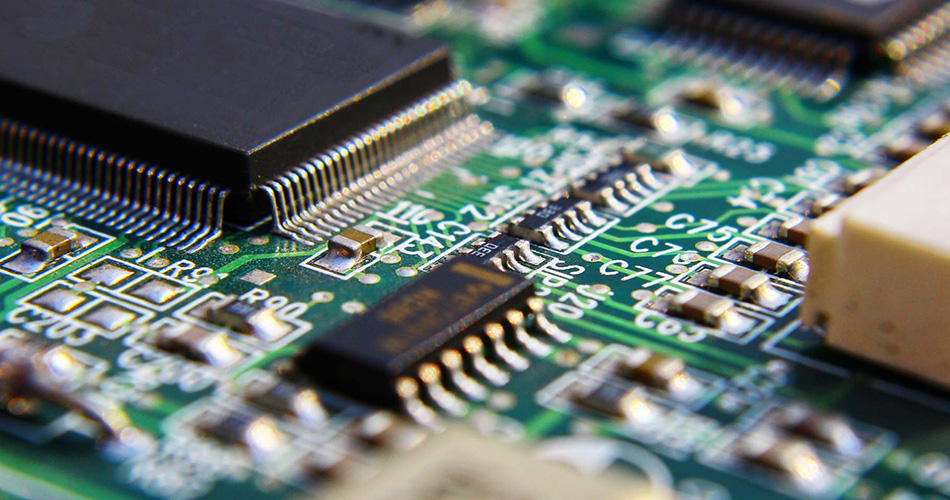- English
- Español
- Português
- русский
- Français
- 日本語
- Deutsch
- tiếng Việt
- Italiano
- Nederlands
- ภาษาไทย
- Polski
- 한국어
- Svenska
- magyar
- Malay
- বাংলা ভাষার
- Dansk
- Suomi
- हिन्दी
- Pilipino
- Türkçe
- Gaeilge
- العربية
- Indonesia
- Norsk
- تمل
- český
- ελληνικά
- український
- Javanese
- فارسی
- தமிழ்
- తెలుగు
- नेपाली
- Burmese
- български
- ລາວ
- Latine
- Қазақша
- Euskal
- Azərbaycan
- Slovenský jazyk
- Македонски
- Lietuvos
- Eesti Keel
- Română
- Slovenski
- मराठी
- Srpski језик
Application of new materials in PCBA processing
2024-08-27
In the field of PCBA processing, with the continuous advancement and innovation of science and technology, the application of new materials has gradually become the focus of attention. The introduction of new materials can not only improve product performance and production efficiency, but also reduce costs, bringing new development opportunities for PCBA processing. This article will discuss the application of new materials in PCBA processing and explore its importance and future development trends in electronic manufacturing.

1. Application of environmentally friendly materials
With the enhancement of environmental awareness, the application of environmentally friendly materials in PCBA processing has also received more and more attention. For example, environmentally friendly substrate materials such as FR-4 replace FR-2, which not only has better performance, but also can reduce the impact on the environment, meeting modern environmental protection requirements.
2. Application of high thermal conductivity materials
In PCBA processing, some high-power electronic products require better heat dissipation performance, so the application of high thermal conductivity materials becomes crucial. The application of high thermal conductivity materials such as aluminum substrates and copper substrates can effectively improve heat dissipation efficiency and ensure the stability and reliability of electronic products.
3. Application of high-frequency materials
With the continuous development of wireless communication technology, the demand for high-frequency materials is also increasing. In PCBA processing, the use of high-frequency materials such as PTFE substrates can reduce signal transmission loss, improve circuit performance and stability, and is suitable for the manufacture of high-frequency electronic products.
4. Application of flexible materials
Flexible circuit boards are increasingly used in modern electronic products, such as folding mobile phones and flexible displays. In PCBA processing, the use of flexible materials can achieve the bending and folding of circuit boards, increase the design flexibility and plasticity of products, and meet consumers' demand for personalized products.
5. Application of biodegradable materials
With the popularization of the concept of sustainable development, the application of biodegradable materials in PCBA processing has also attracted much attention. Biodegradable materials such as biodegradable substrates can reduce environmental pollution, reduce resource consumption, and conform to the development trend of sustainable development.
6. Application of optoelectronic materials
With the continuous development of optoelectronic technology, the application of optoelectronic materials in PCBA processing has gradually increased. For example, the use of optoelectronic materials such as LED substrates can achieve energy-saving, environmentally friendly, high-brightness, and long-life light sources, which are suitable for the manufacture of products such as LED lamps.
Future development trends
With the continuous advancement of science and technology, the application of new materials in PCBA processing will continue to develop and usher in new breakthroughs. In the future, the application of new materials will show the following trends:
1. Multifunctionality: New materials will have more functions, such as corrosion resistance, flame retardancy, high temperature resistance, etc., to meet the needs of different products.
2. Intelligence: New materials will have intelligent characteristics, such as sensors, self-healing functions, etc., to improve the intelligence level of products.
3. Ecological: New materials will pay more attention to ecological protection and promote the realization of the concept of sustainable development.
Summary
The application of new materials has brought more possibilities and opportunities for PCBA processing, which can improve product performance, reduce costs, meet environmental protection needs and other benefits. With the continuous development of new material technology, it is believed that in the future PCBA processing, the application of new materials will be more extensive and in-depth, injecting new impetus into the development of the electronics manufacturing industry.
-
Delivery Service






-
Payment Options









